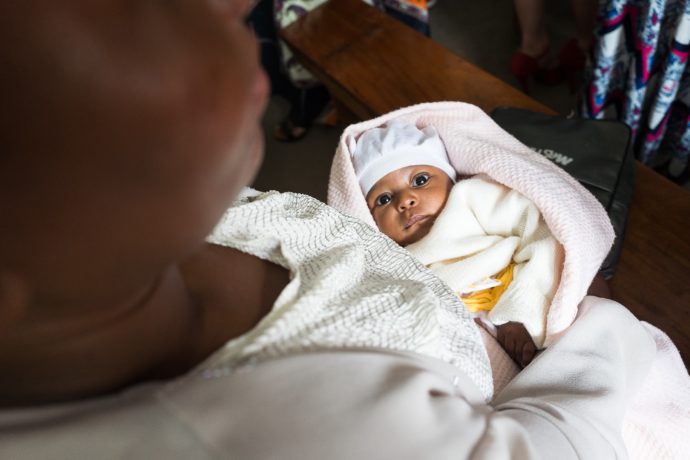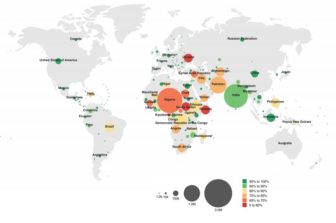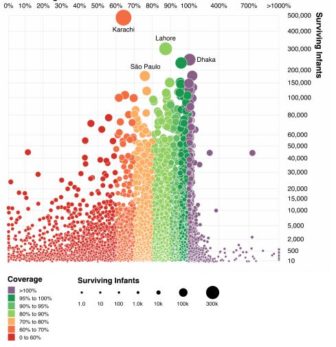Annual report indicates better data, but stagnating vaccination rates
By Celina Kareiva, Communications Associate, BID Initiative
Aug 4, 2017
Posted in News

Photo: PATH/Trevor Snapp. A young patient waits to be vaccinated at Kaoleni Health Center in Arusha, Tanzania.
Childhood immunization is one of the best investments a country can make. The world has made great strides in recent years, and we are closer to ensuring that no child is left unreached by lifesaving vaccines. But despite this progress, coverage has stagnated globally, and one in ten infants worldwide don’t receive a single vaccine. Each year, the WHO and UNICEF release an annual report that estimates global immunization coverage. The report offers a snapshot of the world’s progress toward achieving the Global Vaccine Action Plan (GVAP), which was endorsed by all 194 WHO member states in 2012 and pledges universal immunization coverage by 2020. This year’s annual report is a reminder that vaccines are only one piece of the puzzle. Strong health systems, better data on who is missing out, and supportive policies are all critical to achieving universal coverage.
“Most of the children that remain un-immunized are the same ones missed by health systems,” said Dr. Jean-Marie Okwo-Bele, Director of Immunization, Vaccines and Biologicals at WHO in a press release. “These children most likely have also not received any of the other basic health services. If we are to raise the bar on global immunization coverage, health services must reach the unreached. Every contact with the health system must be seen as an opportunity to immunize.”
Below are several highlights from this year’s report.

Graphic: WHO and UNICEF. The above map depicts DTP1 coverage and the number of children not reached, by country. One in ten children do not receive even their first DTP vaccine.
Eighty six percent of the world’s children received the required three-dose diphtheria-tetanus-pertussis (DTP3) vaccine, which has been considered an indicator of the strength of a country’s immunization program. Though these coverage rates are higher than nearly any other global health intervention in history, DTP3 coverage has stagnated in recent years, leaving 19.5 million children without protection.
Middle-income countries are lagging in the introduction of new vaccines. These countries, which don’t have robust health budgets and often don’t receive external support, have struggled to cover the costs of newer and more expensive vaccines, such as rotavirus and pneumococcal conjugated vaccine. Globally, coverage rates sit just below 50%.

Graphic: WHO and UNICEF. Countries are reporting increasingly localized immunization data. The above graph depicts DTP3 coverage by district.
Countries are reporting better, more accurate coverage data. For the first time ever, the WHO and UNICEF received subnational disaggregated coverage data. Of the WHO’s 194 member states, 125 countries reported subnational coverage. Eighty nine of those countries reported immunization coverage at a district level. As a result, countries are better placed to map gaps and to respond accordingly.
Despite the stagnation witnessed in recent years, the prioritization of data is a clear victory for the global health community. The BID Initiative and the governments of Tanzania and Zambia understand the importance of ensuring data visibility at all levels of the health system. Without localized data, health workers can’t identify the pockets where many children still remain unvaccinated. The BID Initiative pledges to continue working to improve health data systems and data use.
You can read the full report here.
